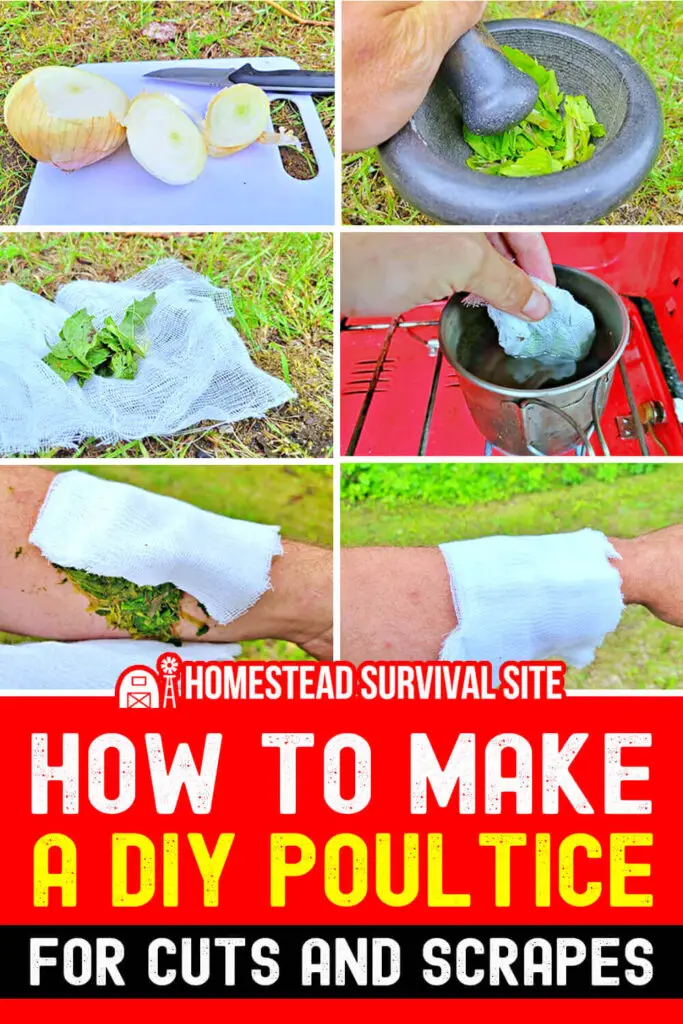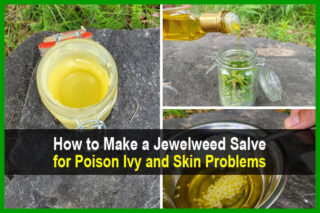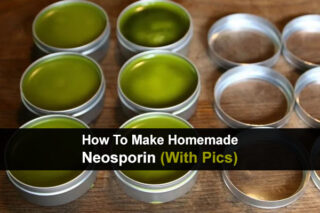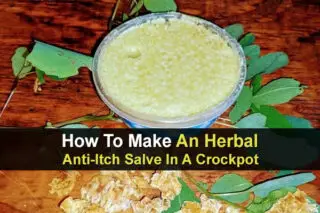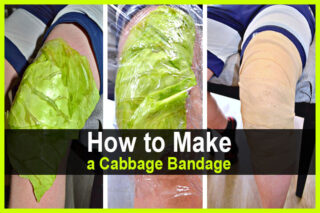Estimated reading time: 13 minutes
Many people rely on modern medicine to help manage their health. Whenever there’s an injury or ailment society is quick to turn to OTC medications or prescriptions to remedy their problem.
Typical herbalism is all but forgotten but the health benefits that have been used for generations are still there, waiting to be used. A poultice is the easiest and most often missed application of tropical herbalism that uses commonly found medicinal plants.
This article will teach you the benefits of using a plant-based poultice and a step-by-step guide on how to make your own using various plants found in your neighborhood.
Want to save this post for later? Click Here to Pin It On Pinterest!
What is a Poultice?
A poultice is a method of applying herbs, medicinal plants, clay, salts, and charcoal directly to the affected area of your skin. Crushing the plant until it is pulpy or mixing it with water to form a paste are the two most common ways of making one.
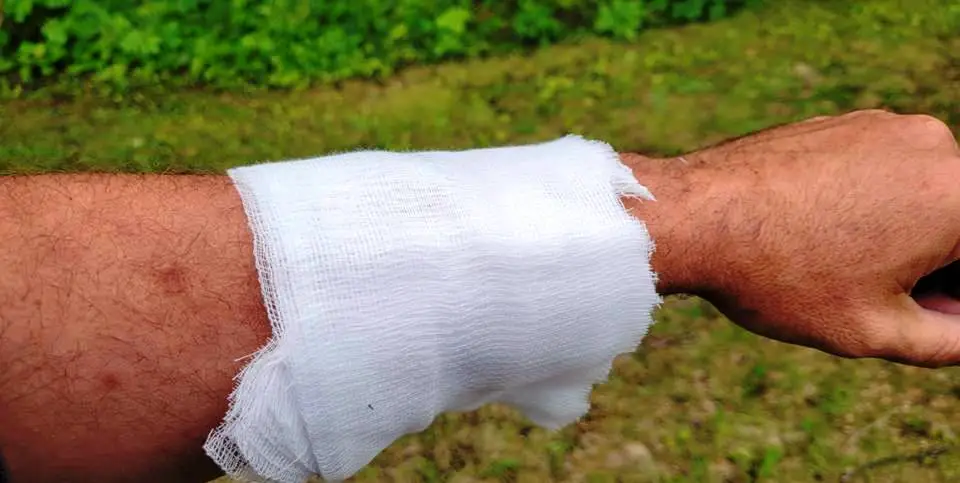
Crushing the plant releases all of the beneficial liquids locked in the leaves and stem. Applying it directly to a cut or scrape can help expedite the healing process.
There are hot and cold variations of a poultice, each way altering the healing abilities. A hot poultice can help bring circulation back to an area which promotes faster healing. Cold poultices can relieve inflammation from impact injuries and calm fiery burns.
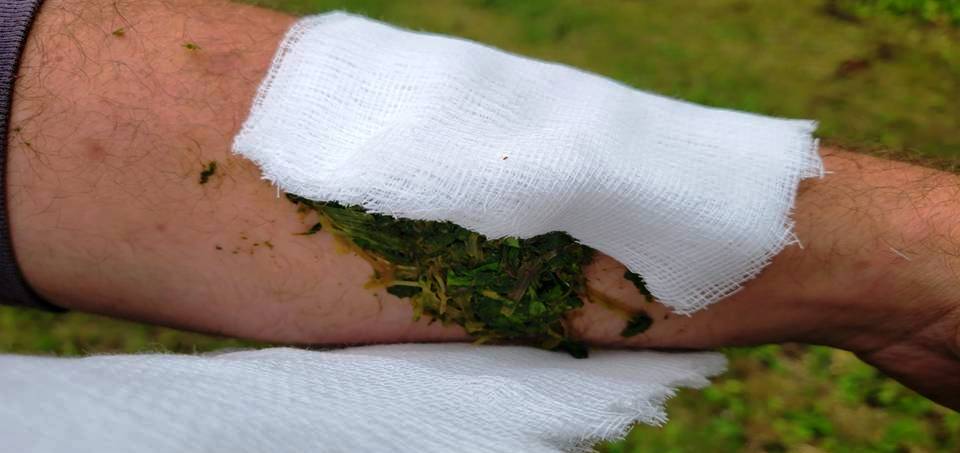
If you’re using it solely for cuts and scrapes it is best to use a cold poultice since they offer anti-inflammatory properties.
A poultice can be time-consuming to make, largely because you have to find the plants to use. They are also messier than most other topicals so it’s important to make sure it’s covered thoroughly.
The Benefits of Using a Poultice
The main benefit of using a poultice over a cream/salve is that it applies the plant's beneficial properties directly to the affected area, undiluted. Keeping it in place with gauze will ensure constant contact with the skin.
Since you will be applying the poultice to an open wound the chemical compounds found in the plant will enter your bloodstream. For this reason, be sure to talk to your doctor before using a poultice in case there are any conflicts with any medication that you’re taking.
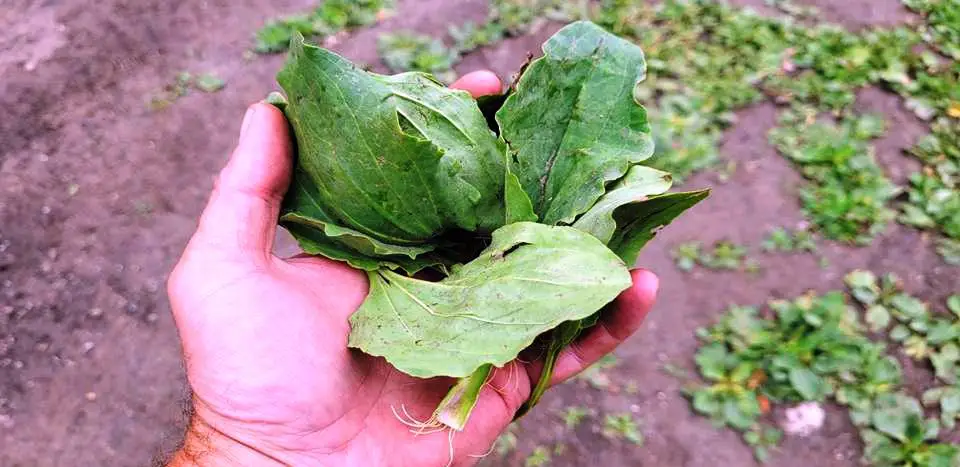
Heals wounds: Inflammation is the body's response to a wound or infection. Before the body can begin repairing the tissue and remodeling the skin it needs to relieve the inflammation. A poultice can help reduce inflammation which kickstarts the healing process faster.
Extracting toxins: A poultice can help draw out any material that is in your cut or scrape. It makes them effective for treating infections that have manifested in the wound. The longer you have contact with the poultice the more toxins it will remove from the targeted area.
Managing burn symptoms: When you burn yourself a blister forms almost immediately. Underneath that blister, the skin is still very hot. Plants such as aloe help reduce the heat of a burn quickly. This reduces inflammation and allows the body to start the natural healing process quickly.
How to Make a Poultice
For these poultice examples, you’ll be using commonly found plants and ingredients. You must research the plants fully to properly identify and prepare them. Ensure you check to see if you are allergic to any of these plants before applying them to your skin.
You can use the leaves, stems, and roots for a poultice. If you’re using the roots you can dry them, grind them into a powder, and then mix with water to create a usable paste.
The best plants and ingredients for a poultice
Chances are if you take a walk around your neighborhood during late spring through to the end of summer you’ll come to the plants that you can use to make a poultice for free.
Be sure to rinse the plants you use for your poultice before processing them. They will most likely be covered in dust or sand, especially if found in a city.
Plantain
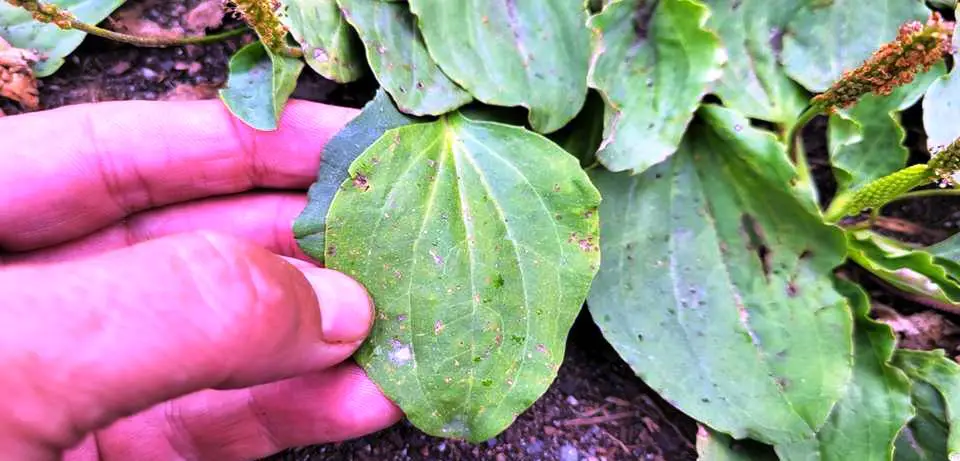
There are two types of plantain that you can find globally, common plantain (Plantago major), which also goes by English plantain, and Broadleaf plantain. It has round, ribbed leaves with a flower that protrudes from the middle of the cluster.
Lance leaf plantain (Plantago lanceolata) also known as narrow-leaf plantain, and ribwort plantain is the second type and is easily identifiable by the much skinnier shaped leaves than the common plantain. Both of these varieties can be used in a healing poultice for cuts and other minor wounds.
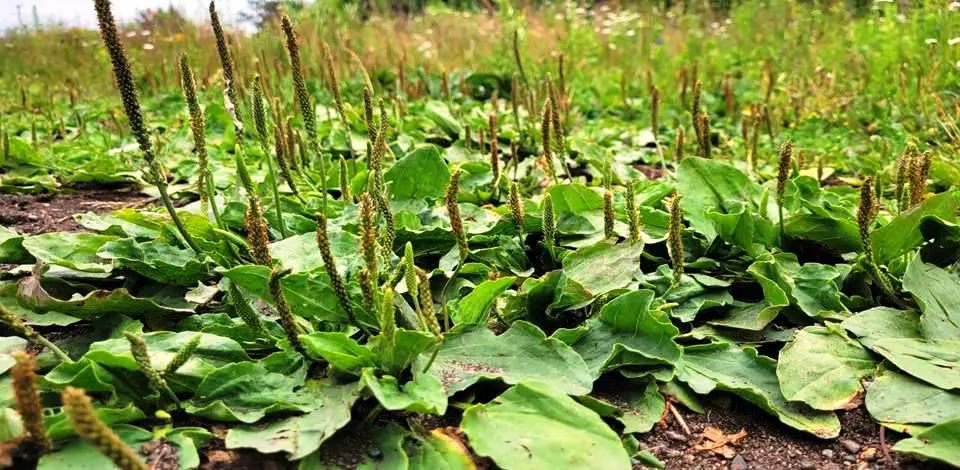
Using plantain for a poultice helps heal wounds faster through its antimicrobial properties. Plantain has a range of benefits, including:
- Reducing inflammation
- Being an analgesic
- Acts as an astringent
- Anti-infection properties
You can find it growing in many city parks, along sidewalks, and near roadways. There are no restrictions on harvesting common or lance leaf plantain.
Dandelion
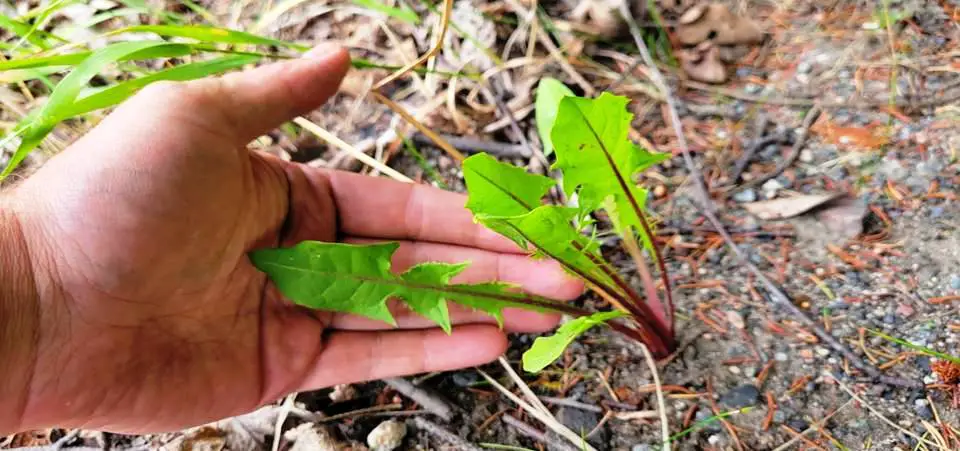
The yellow flowers and green leaves of a dandelion (Taraxacum officinale) make a perfect match for a poultice. The roots are especially potent at helping with abscesses and boils. The sap from the stem can be applied to warts while the leaves can be used for fungal infections.
There are a multitude of uses for dandelion and that’s why it is considered one of the most nutritious vegetables on the planet. However, society has been led to believe that is nothing more than a common weed that needs to be taken out of the garden.
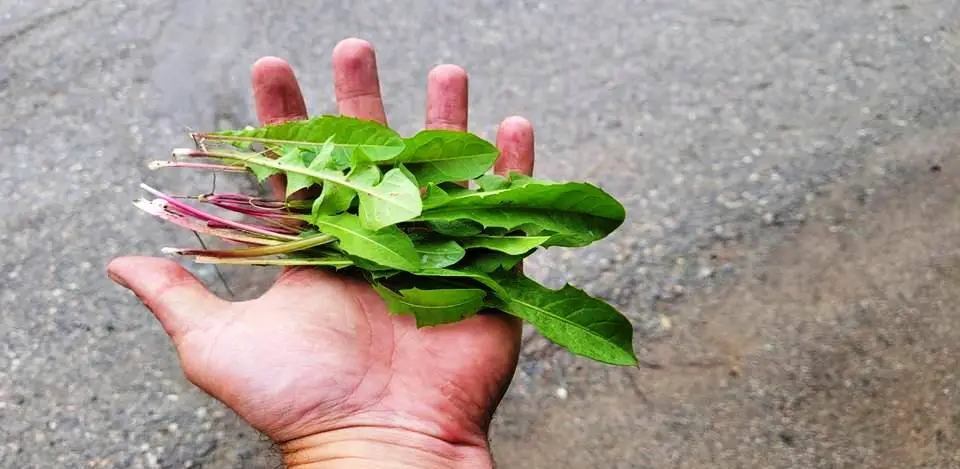
You’d be hard-pressed to walk around your neighborhood during early spring to mid-summer and not see the familiar yellow flowers dotting the ground.
Jewelweed
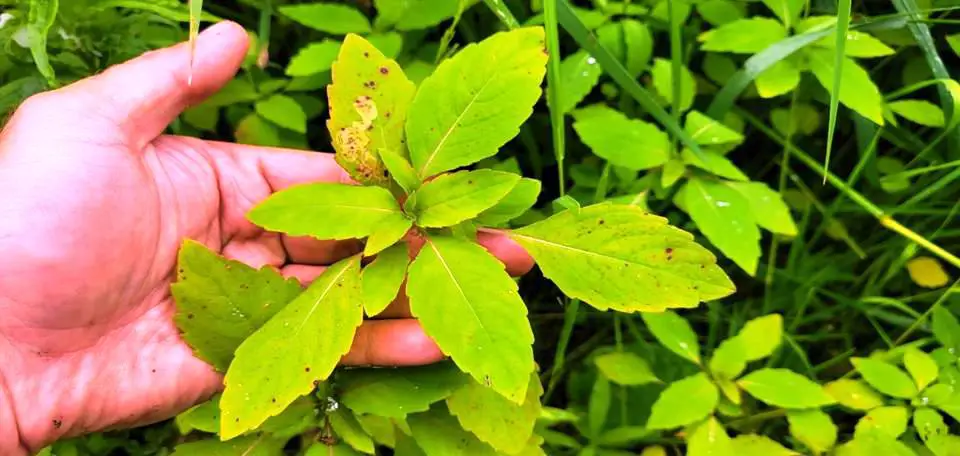
Jewelweed (Impatiens capensis), also known as spotted touch-me-not, is another common plant that lives near marshes and other wet areas.
Most cities have reservoirs that are converted into nature trails, these are generally lined with cattails and other grasses. This is the perfect area for jewelweed to grow. It starts to grow in the summer with flowers beginning closer to fall. Its hardiness will keep it going until the first frost hits.
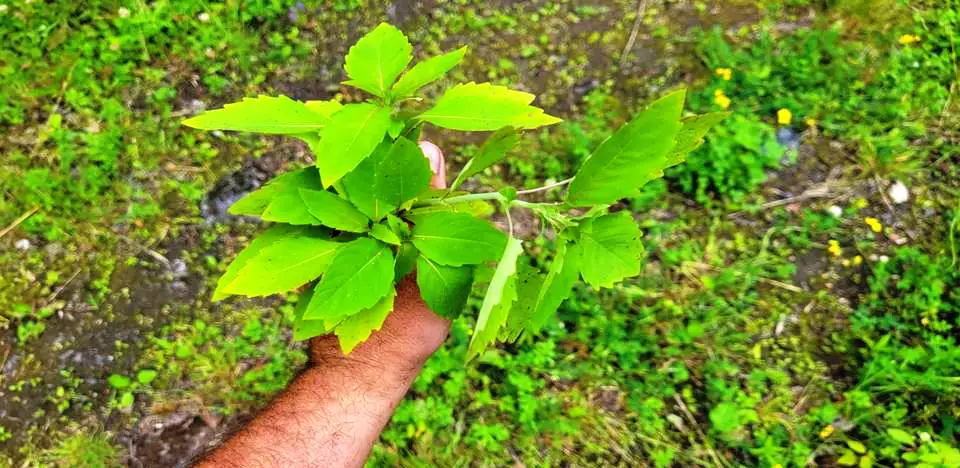
Use jewelweed in a poultice when you get a cut or a scrape to help heal it faster. It also helps with a variety of other skin problems, such as:
- Rashes from poison ivy or poison oak
- Bee stings
- Mosquitos and black fly bites
- Fungal infections
Onions
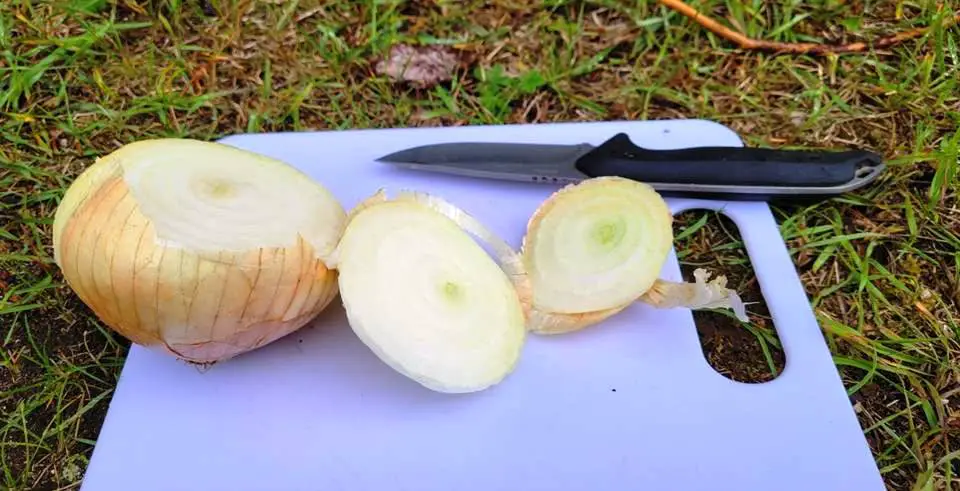
Yellow onions (Allium cepa) are common root vegetables that you can find at most grocery stores. You can use any bulb onion for this, but these are the most accessible.
Onions can draw toxins out while improving blood flow and circulation. This makes them great for clearing up congestion and chest colds.
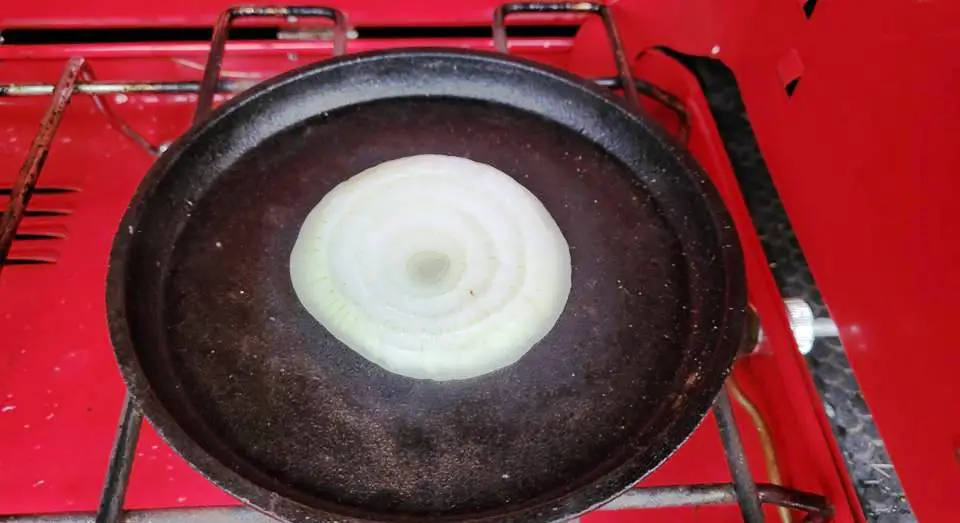
Slicing the onions and cooking them slightly until soft is the best preparation method to make a poultice.
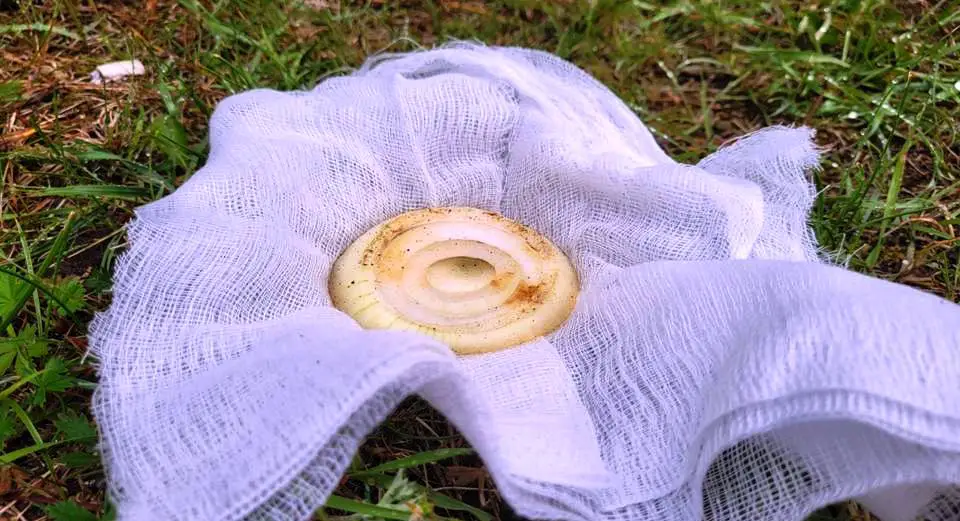
Put your cooked onions in between a used dish towel and apply it to the affected area.
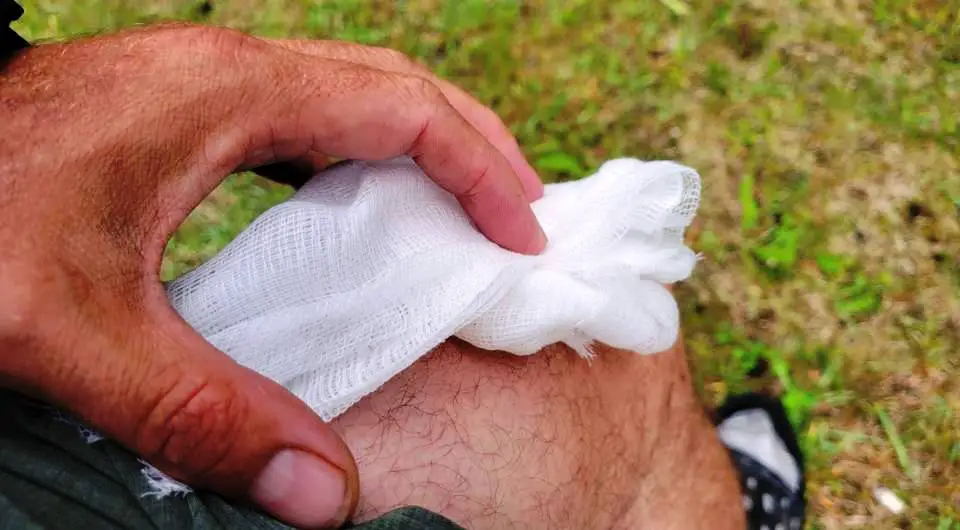
Other health benefits of an onion poultice include:
- High in quercetin which boosts the body’s immune response
- Anti-bacterial properties from the sulfur content
- Anti-inflammatory characteristics for expedited healing
Just be sure to use towels or rags that you won’t use for anything else because onion juice is potent and will most likely permanently alter the towel.
Tools you’ll need
To create a poultice you don’t need any tools, simply crush up the plant. However, using a mortar and pestle is a less messy way to get it done.
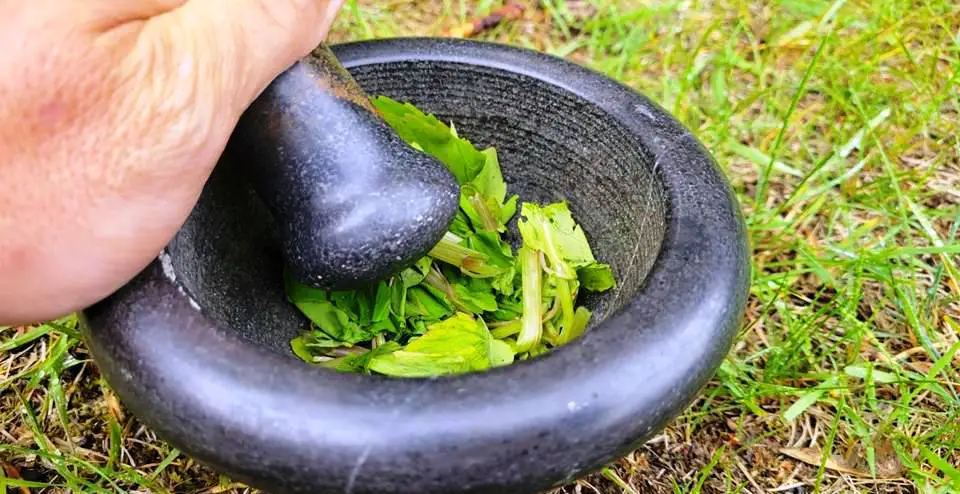
You’ll need some gauze or material covering to keep the applied poultice in place. Just be sure that the material is clean so you don’t introduce any harmful bacteria into the wound.
The poultice process
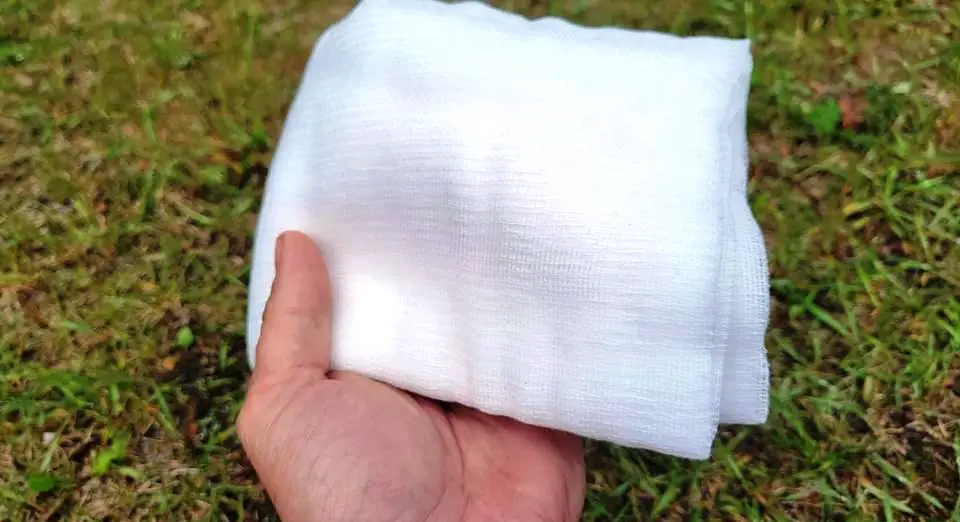
Here are the two primary methods you can use to make a poultice. The first one you can do in the field at the time of injury as a quick remedy, while the other one requires a bit of preparation.
Directly on the skin
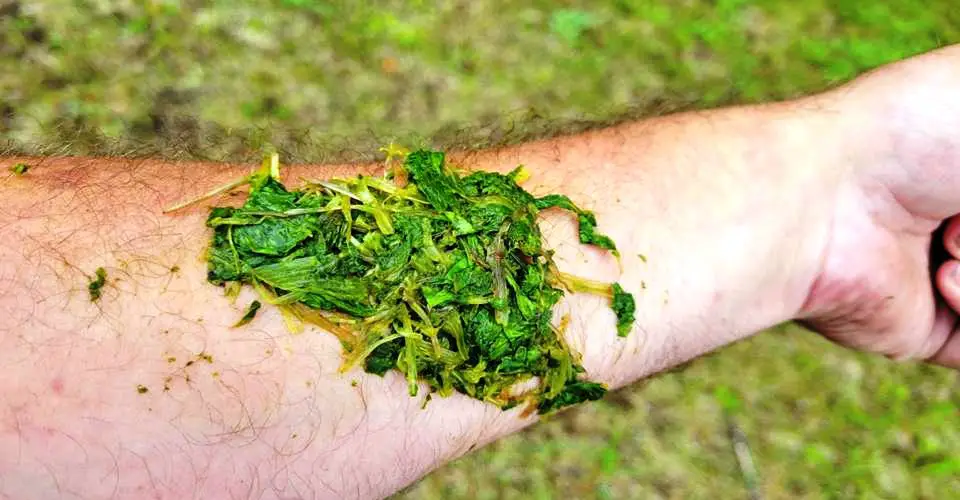
The easiest method is to pulverize the plant until it forms a paste-like consistency. Apply it liberally over your skin, up to 1 inch thick. Wrap some gauze around the area to keep the poultice in place.
Keep in mind that it is also possible to simply take a leaf from the plant and hold it in place on your skin with gauze.
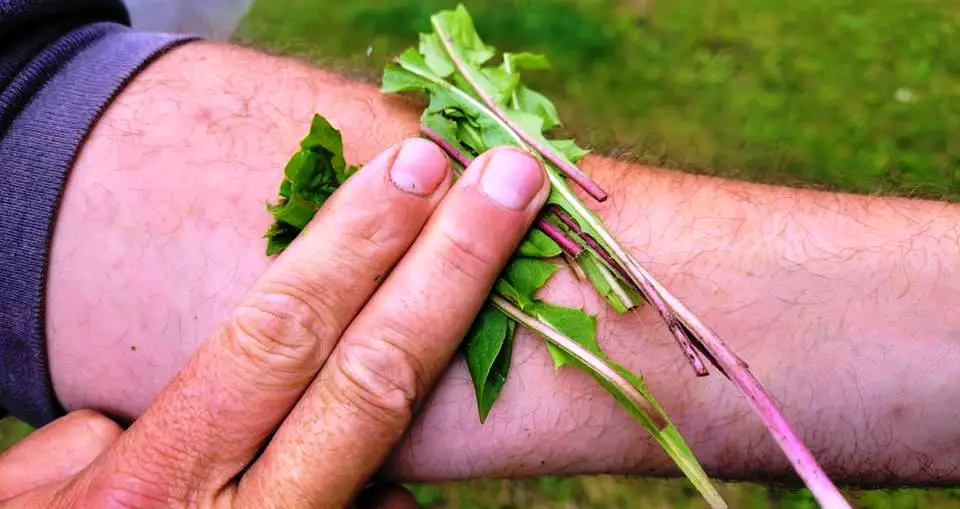
This also applies when you are using slices of onions to help draw out toxins. Pulverizing the plants allows for the juices to flow out and have more direct contact with the skin.
Create a dried herb bag and soak it in warm water
If you have any dried plants you can rehydrate them and apply to the skin. You mustn’t let it steep for too long as you want the plant to maintain its potency.
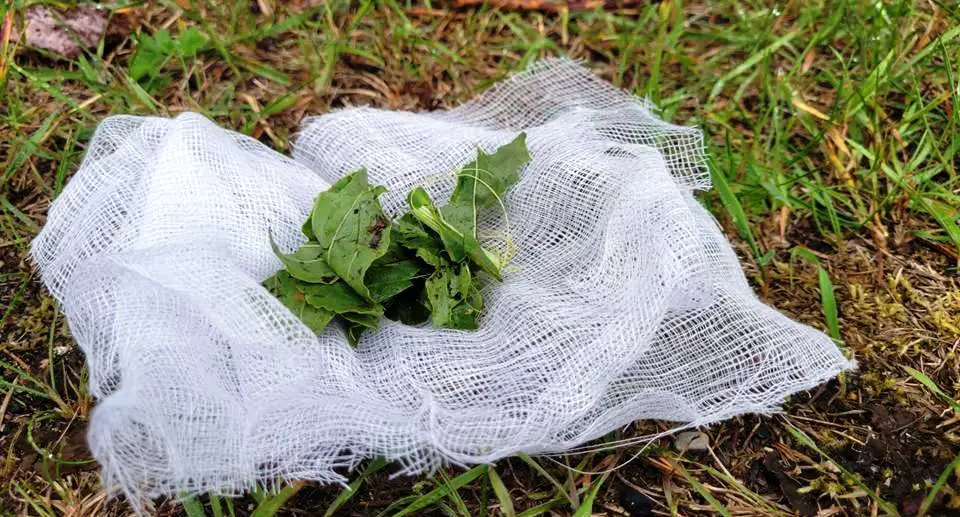
1. Use a small square of cheesecloth to make a dried herb bag. Fill it with whatever leaves you want to use and tie it up using some string or a twist tie.
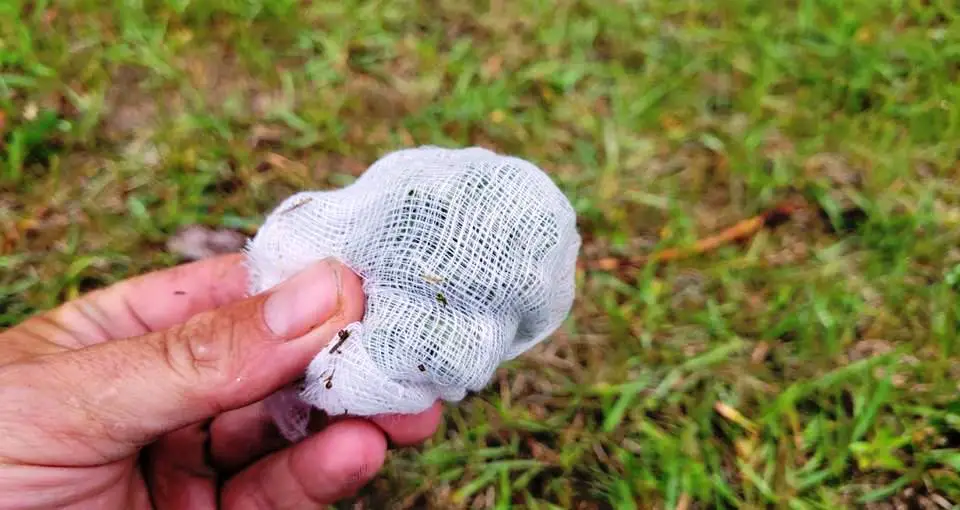
2. Dip the herb bag into a pot of warm water. You want it so that the water is warm enough to touch with your hand, between 98° and 105°F.
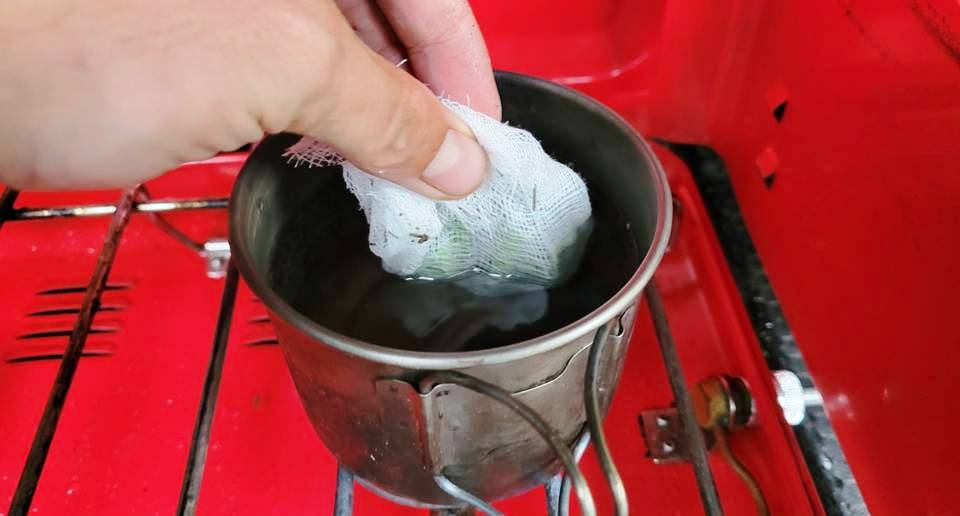
3. Soak the herb bag for up to 3 minutes and then remove it from the water, squeezing any excess moisture out. Apply the herb bag to the affected area.
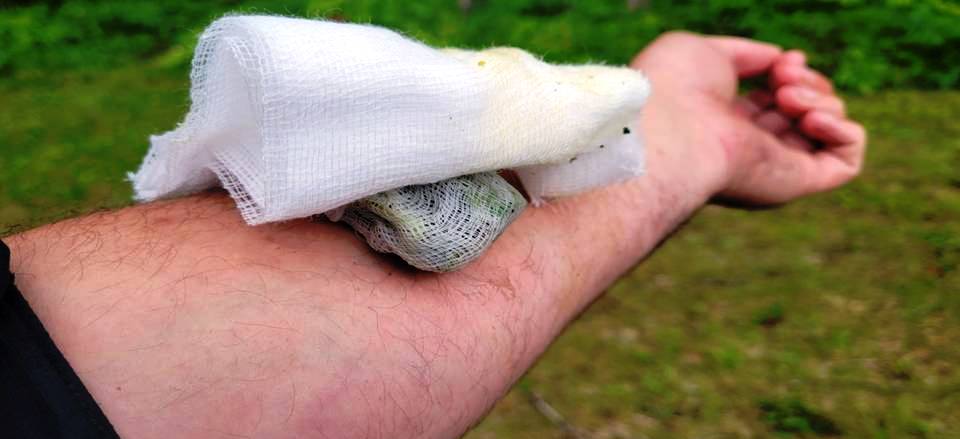
4. Wrap the affected area in gauze to help keep the bag in place.
It’s best to use a poultice at night right before bed. This way the herbs can work with our natural healing rhythm to expedite the process.
Conclusion
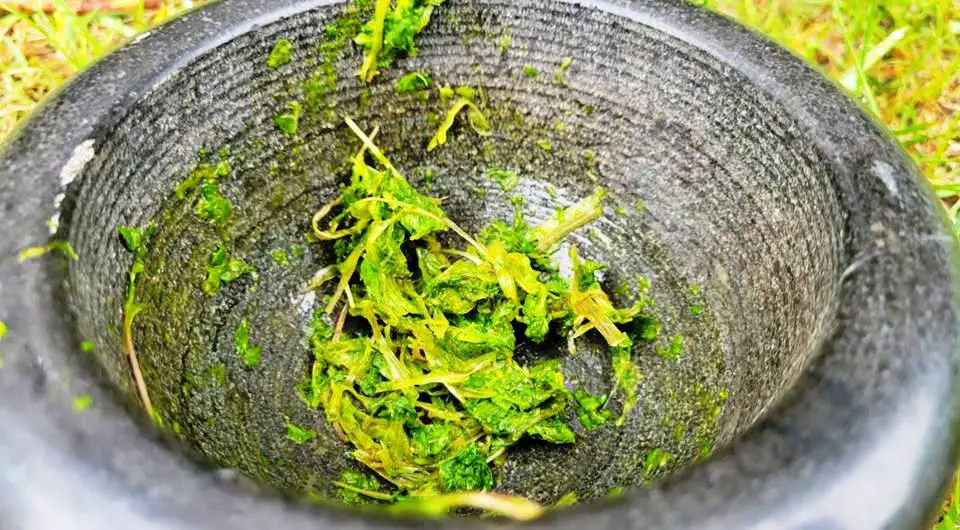
A poultice is one of those remedies that still exists but has been long forgotten about. It should be part of everyone’s herbal skill set if conventional topicals ever get difficult to find. Your local area is filled with natural ingredients that may help with various ailments and injuries.
Like this post? Don't Forget to Pin It On Pinterest!
You May Also Like:



